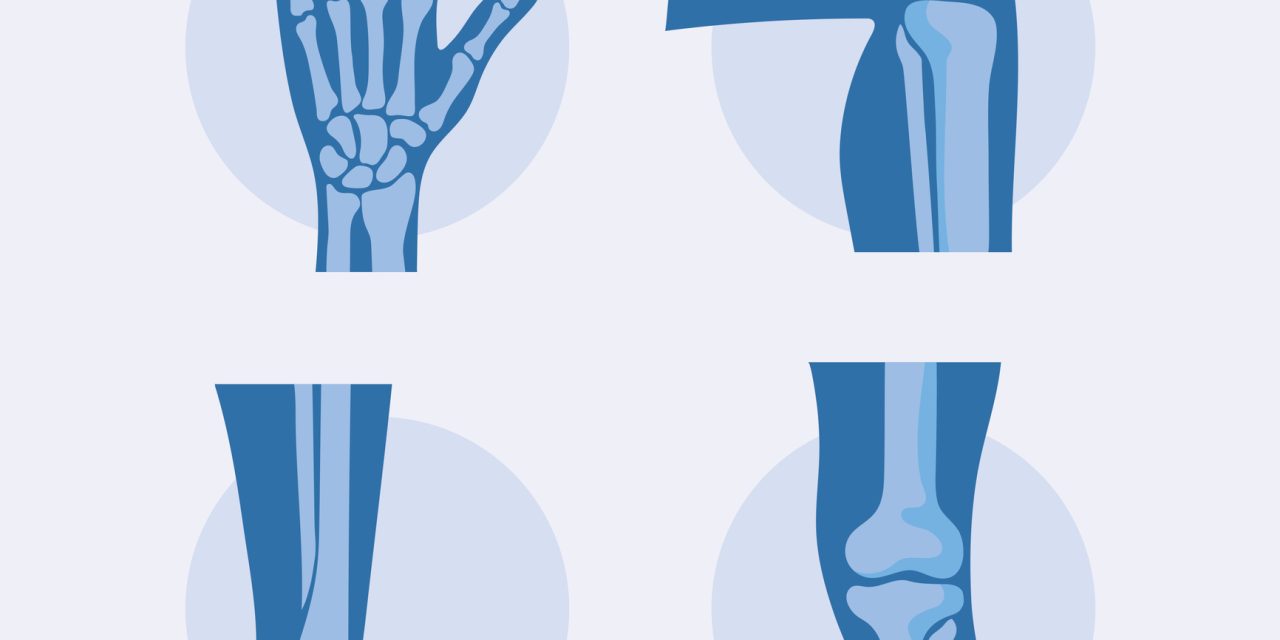This study states that Balancing the risk of disease recurrence and damage attributable to the prescribed immunosuppressive measures is one of the most important issues in the management of vasculitides in the 21st century. Several aspects may be taken into account to measure disease activity (i.e., imaging methods, disease activity scores, and biomarkers) potentially distinguishing between active and quiescent disease. There is ongoing debate over how such a biomarker is defined, but in the context of vasculitides, this definition may be most appropriate: “A biological observation that substitutes for and ideally predicts a clinically relevant endpoint or intermediate outcome that is more difficult to observe”1. While this is a general assumption, biomarker biology in systemic vasculitides is a complex issue. Several biomarker classes have been proposed, highlighting unmet needs in the management of these diseases: (1) at the time of diagnosis to predict remission (early assessment of treatment response) or prediction of relapse; (2) to stage the respective disease (either to replace invasive or improve existing techniques); (3) to assess current vasculitis activity (especially in those with mild disease activity and to rule out potential differential diagnoses.
Reference link- https://www.jrheum.org/content/47/7/947


